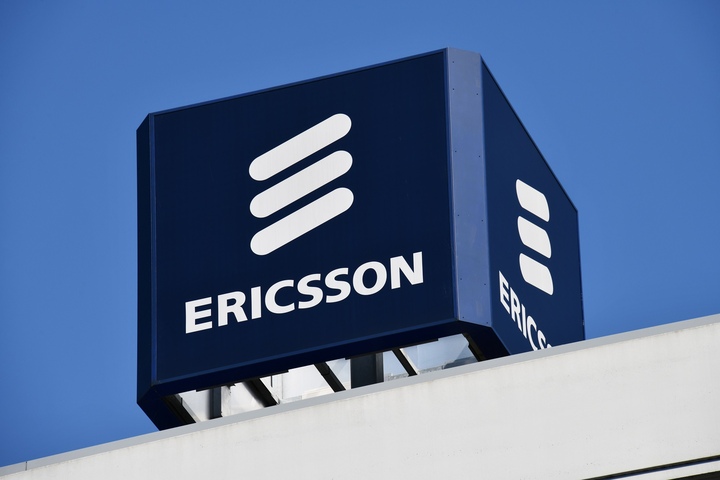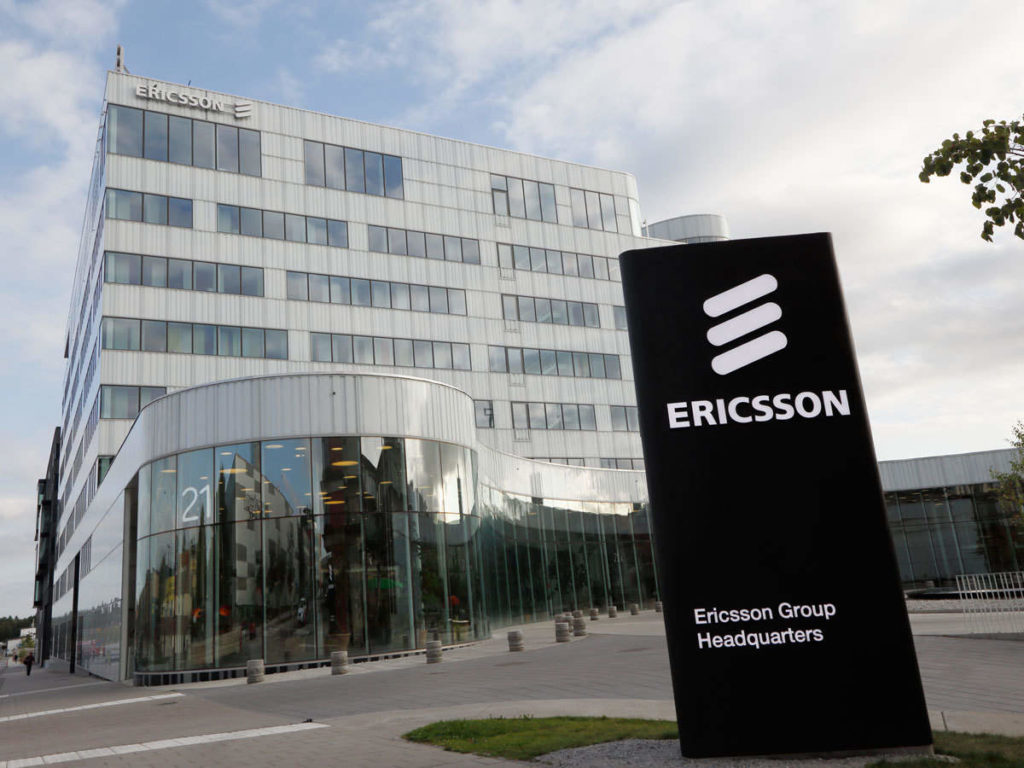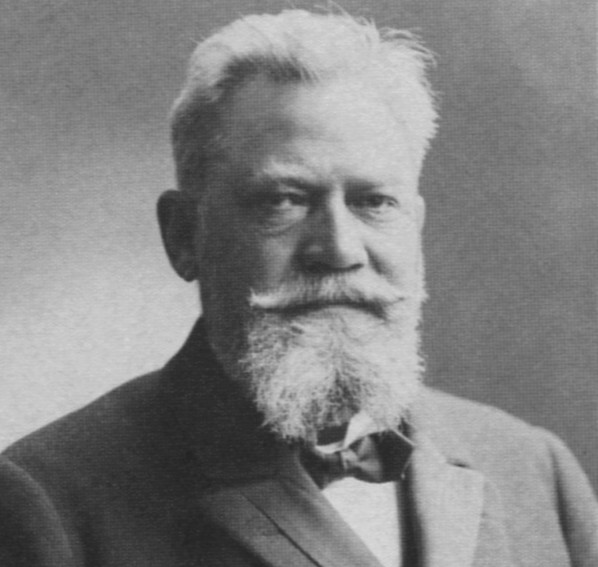Intel, Ericsson to work together on custom 5G chip
The most cutting-edge manufacturing procedure Intel has revealed will be used to create a unique chip for telecommunications device producer in Sweden, Ericsson 5G networking equipment, the company announced on Tuesday.
“As our work together evolves, this is a significant milestone with Ericsson to partner broadly on their next-generation optimized 5G infrastructure. This agreement exemplifies our shared vision to innovate and transform network connectivity, and it reinforces the growing customer confidence in our process and manufacturing technology,” said Sachin Katti, Senior Vice President and General Manager of the Network and Edge Group, Intel. “We look forward to working together with Ericsson, an industry leader, to build networks that are open, reliable, and ready for the future.”
Source: ericsson.com

Competitors like the Taiwan Semiconductor Manufacturing Company have surpassed Intel in the production of the most minor and most energy-efficient chips. Packing five generations of chip production advancements into a span of four years was a significant component of Intel Chief Executive Officer, Pat Gelsinger’s strategy, which was first unveiled in 2021, to reclaim that advantage and bring the firm around.
According to Intel, the new Ericsson chip will use Intel’s “18A” manufacturing method which would make it one of the first chips from outside users to do so.
“Ericsson has a long history of close collaboration with Intel, and we are pleased to expand this further as we utilize Intel to manufacture our future custom 5G SoCs on their 18A process node, which is in line with Ericsson’s long-term strategy for a more resilient and sustainable supply chain,” said Fredrik Jejdling, Executive Vice President and Head of Networks, Ericsson. “In addition, we will be expanding the collaboration that we announced at MWC 2023 to work together with the ecosystem to accelerate industry-scale open RAN utilizing standard Intel Xeon-based platforms.”
Source: ericsson.com
The release date of the chip was not disclosed by Intel or Ericsson, but the company has indicated before that its 18A manufacturing method will be available by 2025.
Also Read: Stellantis, Samsung SDI set plan to build second US battery plant
The most recent node in Intel’s roadmap, 18A, was released four years ago. They will introduce ribbon architecture innovation along with enhanced performance to Intel 18A upon launching RibbonFET as well as PowerVia in Intel 20A. By 2025, these advancements will aid Intel in regaining the top spot while enhancing its consumer offers.
As the deployments of 5G proceed, completely configurable, open software-defined networks driven by the same cloud-native technologies that revolutionized the data center will be the wave of the future, bringing with them unmatched agility and automation.
The technology sector must cooperate and continue to synchronize network requirements within the framework of one worldwide set of rules to achieve the highest performance, and innovation, along with global scale. To provide their clients with these advantages in the direction of an industry-scale open RAN, Intel and Ericsson work in conjunction with other top technology firms.

I am a student pursuing my bachelor’s in information technology. I have a interest in writing so, I am working a freelance content writer because I enjoy writing. I also write poetries. I believe in the quote by anne frank “paper has more patience than person


